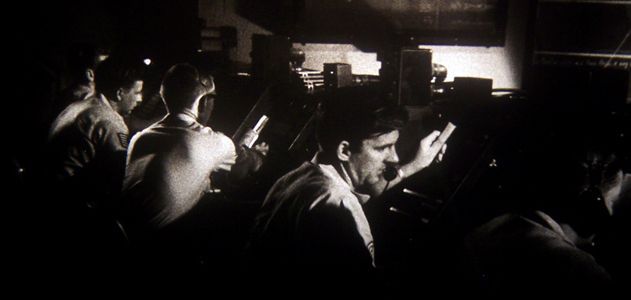
Operation Sky Shield
Operation Sky Shield was a series of three large-scale military exercises conducted in the United States. The Cold War games were carried out by the
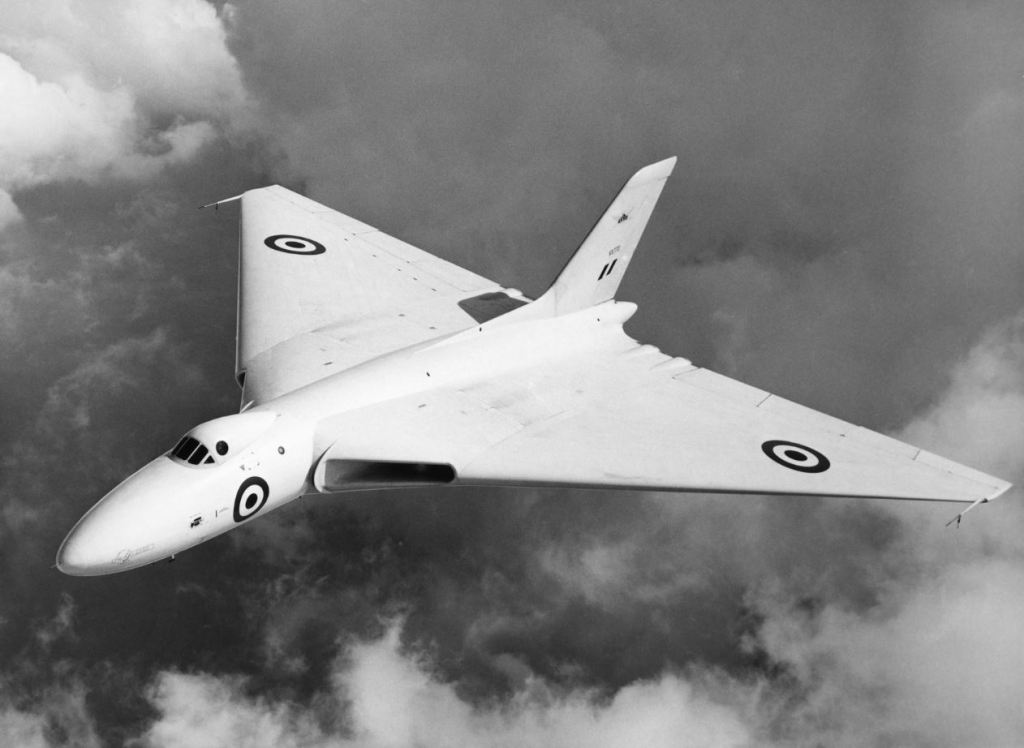
On Saturday 30 August 1952, history was made as Avro Type 698, VX770, took to the sky for the first time. It was the prototype for the Avro Vulcan and the birth of this iconic aircraft.
While known as Type 698 at the time of the first flight, the aircraft was named Vulcan days later at the Farnborough Airshow.
A.V. Roe and Company (Avro) was founded in January 1910 by Alliott Verdon Roe. During its 53 years of existence, Avro remained based primarily in Lancashire. They held key development and manufacturing sites in Alexandra Park, Chadderton, Trafford Park, and Woodford, Greater Manchester.
A total of 134 production Vulcans were assembled at Woodford Aerodrome between August 1952 and January 1965. The production aircraft consisted of 45 of the B.1 design and 89 of the B.2 design. There were also two prototypes, including VX770.
1953 Air News footage of the Vulcan with Avro 707 test aircraft.
Peter Caldwell, who worked for Avro at the time, recalls the day that Chief Test Pilot, Roland ‘Roly’ Falk, made the maiden flight:
“The production of the Type 698 continued apace. The fuselage had arrived in the Flight Sheds and the first prototype, VX770 was ready for flight by August 1952. Among the many pre-flight tests, we played our part with the fuel system which for the initial flight was only using the long range bomb-bay tanks. It must be shown that it is possible to deliver 1.25 times the maximum take-off flow rate to each engine with a fuel pressure of at least 5 p.s.i. at the engine inlet in all configurations of direct and cross feeding. Engines were simulated by pumps passing fuel through a type of flow-meter. When the full fuel system was subsequently used and tested by our department the initial tests took four days and nights without a break, testing in all possible configurations of direct and cross feeding. We took it in turns to go home for a few hours.
The day arrived for the initial flight which was planned for the evening and most of us stayed behind to watch the momentous event. The large white aircraft with its futuristic shape stood on the apron in all its glory and the chief test pilot, Roly Falk, sat in an Armstrong Siddeley car, with whose makers Avro were then associated, waiting for the finishing touches to be completed. He was accompanied by one of the directors and I recall that both men wore pin-striped suits which turned out to be the standard attire of this Chief Test Pilot in addition to his helmet.”
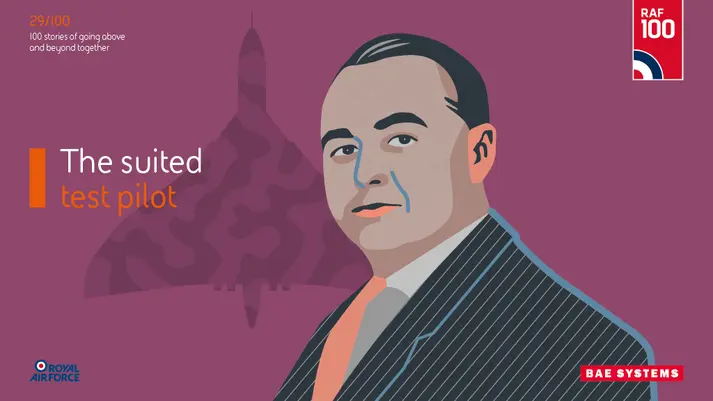
As part of the RAF centenary celebrations in 2018, BAE Systems recognised Wing Commander Roly Falk, including him in their series of 100 unique and compelling stories and reflections. He was described as “no ordinary test pilot”, flying “more than 2,000 hours in 300 different aircraft ranging from gliders to jet prototypes, including captured German aircraft, all whilst wearing a lounge suit and tie.” They made particular note of him being best known for his development work test flying the Vulcan.
Peter continues:
“Other dignitaries were there, including Sir Roy Dobson, the Managing Director. Eventually, Roly donned his helmet and boarded the aircraft. Engines were started and away he taxied. To our disappointment, all we were treated to was a couple of fast taxies before dusk turned to dark, and we all went home.
The following day being Saturday, I decided to go in, but instead of going across to the Flight Sheds, I sat on an old air-raid shelter which gave me a pretty good view of the runway. I saw the aircraft come onto the runway, and gain speed for what I was sure would be another fast taxi, but instead it gained momentum and soared into the air in a graceful climb circling the aerodrome at about 3000 ft accompanied by a small chase aircraft, the make of which I have forgotten. After a few circuits, unlike most maiden flights on which a new design ventured away from the base to commence its test programme, the wheels were dropped and a small piece of material was seen to flutter to the ground before VX770 made a perfect landing to commence a useful career. The piece that fell was a rear undercarriage door flap which did not interfere with flight, and I believe that for its subsequent appearance at Farnborough 1952 they removed the equivalent part on the other side for the sake of symmetry when viewed and photographed from the ground.”
In 2012, Peter visited Vulcan XH558 and the team at Doncaster Sheffield Airport. Watch him talk to Dr Robert Pleming about the historic day in 1952.

Operation Sky Shield was a series of three large-scale military exercises conducted in the United States. The Cold War games were carried out by the
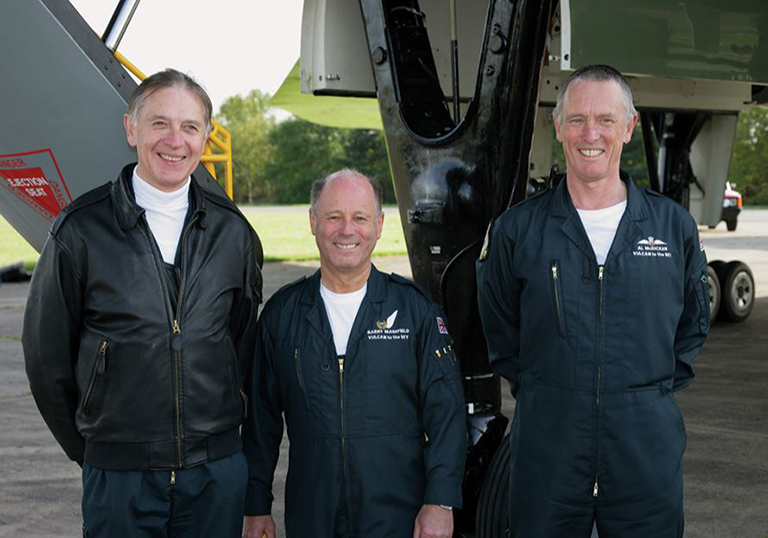
The waiting was over. At last Taff Stone and his team of engineers had finished sufficient of the winter servicing schedule to enable XH558 to be
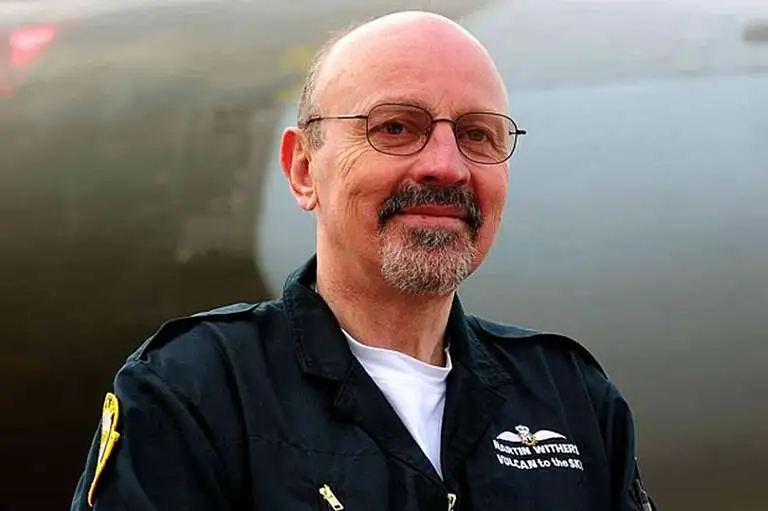
Reproduced from The Vulcan(Club Magazine) 23 Apr 08 Martin Withers Recently, during one of her campaign speeches, I heard Hilary Clinton state quite simply about
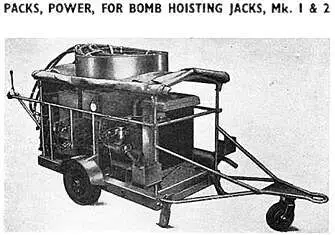
The A.V. Roe & Company (Avro)Avro Vulcan Bomb Loading Power Pack During the 20th Century Cold War, Great Britain needed to have an updated, premier